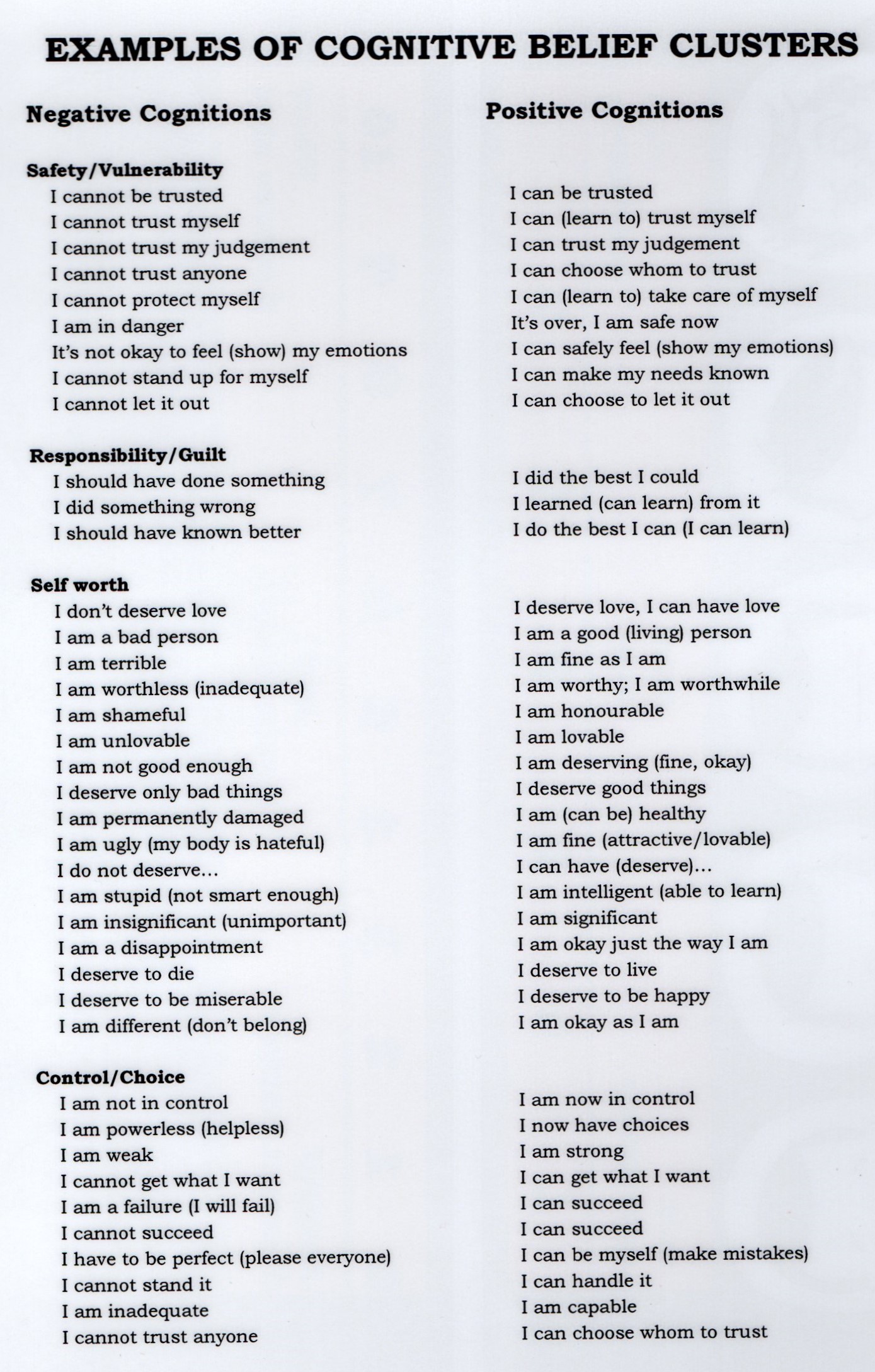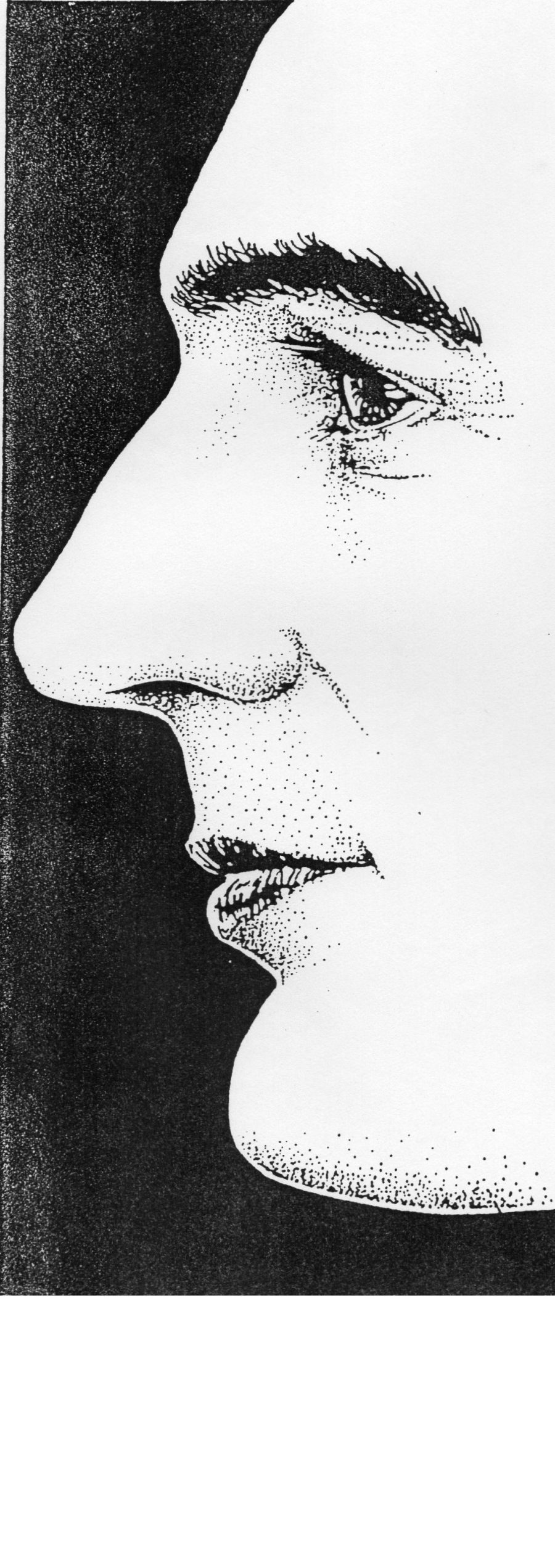Use a copy of the ‘face’, above, to record what you do differently.
On this website, I make regular comments about small steps to help us know ‘how we’d like things to be different….?’ In addition, I ask you to consider more how that might be done bit-by-bit.
Here, those ‘small steps’ can be called ‘graded exposure’.
This approach to small, safe experiments is closely associated with Cognitive Behavioural Therapy. You can use the ‘face’, above, to record some of the results and you can find some other practical tools relating to this approach on the internet.
Graded Exposure
Graded exposure values small steps, and such steps are particularly helpful when I need to respond to small defeats. Setting out on the scenic route means I have to step outside my Window of Tolerance (WOT). This enables me to set out on a journey, but I do not know what will happen on the way.
When I take that risk and just do it, it is easy to lose confidence and over-react to the unanticipated events. This can prompt me to adopt an extreme response such as catastrophising, rather than the :
Think, Judge and Act position
A SAFE EXPERIMENT: to identify our ‘favourite’ beliefs and the preferred feelings we experience – often without noticing them!
Take a look at the picture of the face, above. It can represent your face. If it will not print off simply draw one of your own! Makes brief notes of your current thoughts, feelings and sensations. That’s a small, safe experiment.
If you want an order of events, consider:
What do you believe about yourself; from this list, what messages stick out?
“Cognitions”, or core beliefs about ourselves

Write down just 2 or 3 key beliefs – positive or negative – on the face illustration contained below.
Emotion: what ones are you familiar with?
After that, consider, what ‘favourite’ feelings you may experience? Here are a few that might ring a bell. Again, chose just 2 or 3 feelings that chime with you and write them on the ‘face’ diagram, below.
:max_bytes(150000):strip_icc():format(webp)/EmotionalVocabulary-56a5664f3df78cf7728814d1.jpg)
Sensations
Finally, consider the sensations that you feel most often. Here are some examples:
Heat: boiling, warm, cool, cold etc.
Touch: light, heavy. clammy
Heaviness in some body parts, e.g. legs
Lightness or ‘emptiness’
Movement: vibration, shaking, wobbling, bubbling, rippling etc.
Itching: e.g. nose quivers and/or itches.
Tearful.
Make a note of 2 or 3 sensations that are current or common for you.
For those reading other parts of the website, will notice that you have completed a Body Scan. If this is new to you, read up the link and practise the art of Body Scanning with controlled breathing.
When the list is completed, take a short time to explore whether your lists surprise you, or are they much as you expected.
Putting the safe experiment together
FURTHER EXPERIMENT: Take a break from your note-taking. Later, when you return to the picture, consider:
… do I still view these notes the same? If not, what has changed?
Is there anything I did that seems connected to the changes I now observe?
Is there anything I would like to change now; if so, how might I go about that?
How would I prefer things to be?
What might stop me doing …….
What’s the something just a little bit different I can do?
Then design some ‘do-able’ things that flow from your ideas. As ever, make a note of the results you obtain and save your results for further review.
It may be difficult to identify small enough actions. Some feasible ‘lines’ might be to explore:
- your communication with others.
- your ‘favourite’ feeling and thoughts and how to record them briefly, and systematically.
- a familiar sensation, and how controlled breathing and relaxation can impact on it.
- rehearsal visualisation in relation to obstacles on the scenic route (see the bottom of that page). This involves putting aside a given amount of time – brief moments, not long periods of rumination or pre-occupation – in which to deliberately imagine potential complications arising in your life. Use controlled breathing and monitor the rise and fall of the feelings you just notice using the 1 – 10 Subjective Unit of Discomfort (SUD scale) to monitor those changes.
- then give time to visualising a way around the obstacle or experience. Allow your creativity to generate any number of steps to take. At a later time, make a note of some ‘favourite’ possibilities – especially if you are concerned that you will not remember them.
- test and test again your skills at looking that obstacle in the eye.
Further lines of enquiry
What are negative beliefs (or cognitions)
